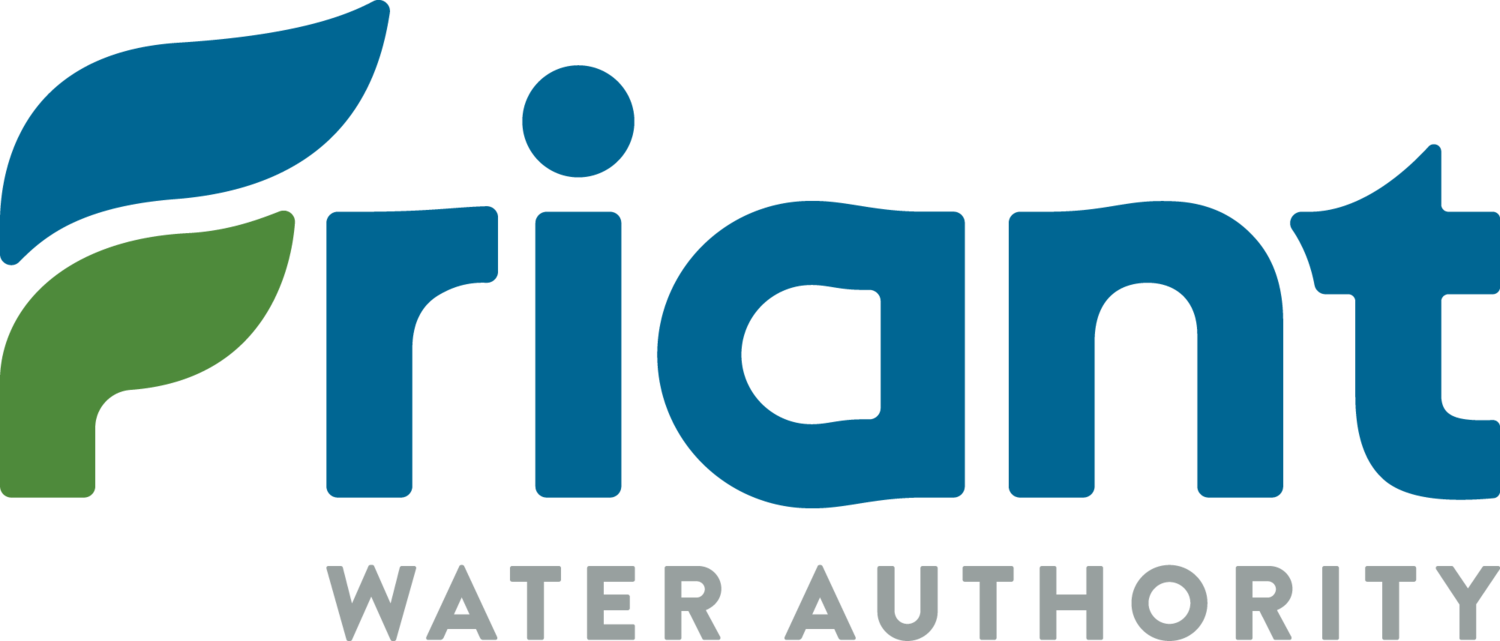On November 19, 2018, Jason Phillips, Chief Executive Officer of Friant Water Authority, sent the letter below to all Friant Division contractors regarding the organization’s plans and next steps for restoring capacity of the Friant-Kern Canal. A PDF of the letter is available here.
November 19, 2018
Dear Friant Division Contractors:
On November 6, Proposition 3 – which would have helped the San Joaquin Valley repair vital water infrastructure, achieve groundwater sustainability, and secure clean drinking water for our most vulnerable communities – did not pass in the statewide general election. In addition to fixing the Friant-Kern Canal, Proposition 3 would have provided hundreds of millions for other Valley-wide water infrastructure, $640 million to help local agencies comply with the Sustainable Groundwater Management Act (SGMA), and $750 million for clean drinking water for disadvantaged communities, many of which are in the San Joaquin Valley.
The measure’s failure to pass is a major setback to the Valley and only compounds our water crisis, which will become increasingly evident in the very near future. More acutely for many Friant contractors, it means that a needed source of funding we were hoping would help address critical subsidence-driven damages on the Friant-Kern Canal and restore its as-designed conveyance capacity will be unavailable. Nonetheless, we appreciate our elected officials and civic leaders who fought for Proposition 3 and our Valley, and we are committed to working with them as we move forward to find solutions that will protect our economic and environmental future.
The Friant-Kern Canal is the largest artery for water on the eastside of the Valley. It is part of an economic engine that powers our economy and provides tremendous benefit locally, statewide, and nationally. Ballot initiatives are always a risk but failing to fix the Friant-Kern Canal is not an option for Friant Water Authority, the districts who rely on it, and the communities it supports. As such, Friant Water Authority is moving forward on several fronts regarding repairs to the canal.
Prior to the peak water season deliveries in 2019, Friant Water Authority is scheduled to complete immediate interim repairs on the areas of Friant-Kern Canal most impacted by subsidence. Completing these repairs will increase the carrying capacity of the canal Friant-Kern Canal south of Porterville from Avenue 96 through Road 80 by as much 300 cubic feet per second, which is nearly a 20% increase from the capacity seen over the last few years. Funding for these repairs will come from $7.2 million already provided by the Bureau of Reclamation for this project last year and construction should begin by the end of this year.
Construction work necessary to restore long-term conveyance capacity in the critical areas of the Friant-Kern Canal most impacted by subsidence is scheduled to begin in 2019. These repairs could cost as much as $200 million or more, and there are several options our organization is pursuing to finance the work. The current engineering, design, and permitting efforts are being funded by the Bureau of Reclamation. Additionally, nearly $20 million will be available in October 2019 for canal construction as a result of the San Joaquin River Restoration Settlement. This, however, still leaves a significant funding gap to complete the critical long-term repairs. Friant Water Authority is continuing to work with our Federal representatives and the Administration to identify funding sources and financing options, including low-interest loans for infrastructure and other opportunities for cost-sharing.
Far more work is necessary in the Valley than just on the Friant-Kern Canal to support a sustainable water balance. The $750 million from Proposition 3 for water conveyance would have only been a small down payment on the infrastructure needs throughout the Valley to make up for the millions of acre-feet each year being over drafted from groundwater aquifers. Given the stakes, now is not the time to delay action.
Friant Water Authority recognizes the size and stature of the challenges facing all members of the Friant Division as well as districts and growers throughout the San Joaquin Valley. Today we have an opportunity to set aside our minor differences and restore the organizational structure of Friant Water Authority that can best advocate for our collective interests in both Sacramento and Washington, DC. Our members are already discussing several key partnerships with other public water agencies throughout the Valley to jointly consider infrastructure opportunities that can take advantage of storing, conveying, and recharging water whenever it is available. These partnerships will be critical to increasing our water available and reducing the amount of land that will need to be permanently retired as a result of SGMA, the new State groundwater law.
Over the next few months, the Friant Water Authority Board of Directors will be tasked with determining the amount of work to complete on the canal and the ultimate funding sources it will rely on. This will likely require decisions about how to allocate cost among Friant contractors, no matter which path forward is selected.
Despite the disappointing result on Proposition 3, Friant contractors should feel confident that Friant Water Authority is charting a path to restoring the reliability of the Friant-Kern Canal and will continue to advocate for you, your water rights, and your future. We see the need for unity to face the challenges of the Friant Division in the years ahead. You can expect to receive updates on all of these items in the coming weeks and months.
Sincerely,
Jason Phillips
Chief Executive Officer





